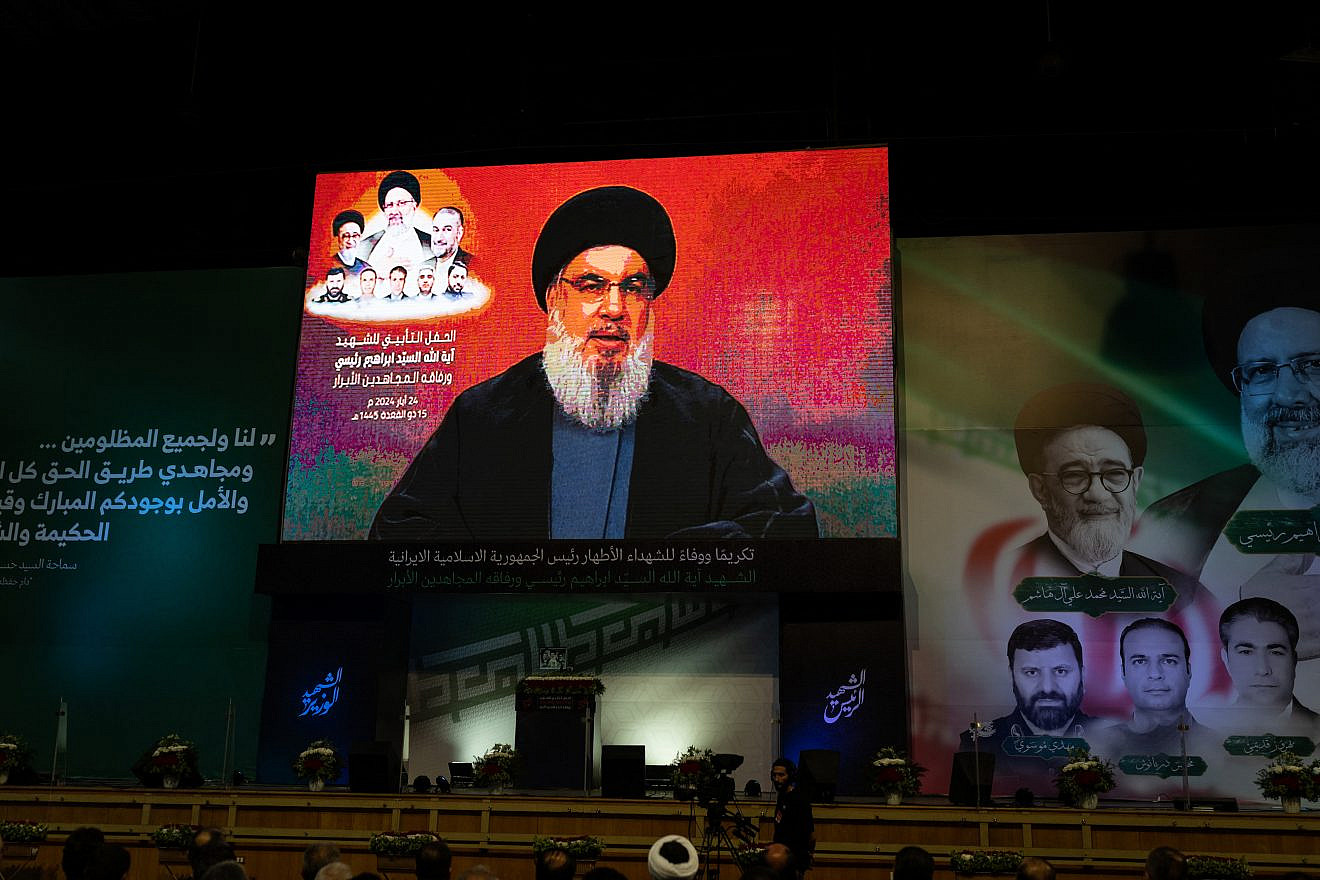The current conflict began on October 7, 2023, when Iranian-backed Hamas launched a surprise attack on Israel, invading Israeli territory and massacring over 1,200 civilians. This attack marked the beginning of a multi-front war orchestrated by Iran through its network of proxy forces across the region.
Iran has spent decades building what it calls the “Axis of Resistance”—a network of terrorist organizations and militias including Hamas in Gaza, Hezbollah in Lebanon, the Houthis in Yemen, and various Shiite militias in Iraq and Syria. This proxy network allows Iran to wage war against Israel while maintaining plausible deniability and avoiding direct confrontation.
The October 7 attack was not an isolated incident but part of a coordinated Iranian strategy. Intelligence revealed that senior officials from Iran, Hezbollah, and Hamas were coordinating precision strikes from across the axis, intended to pave the way for a broader invasion of Israeli territory.
Following the initial Hamas attack, Iran activated its proxy network across multiple fronts. Hezbollah began launching rockets and missiles from Lebanon, forcing the evacuation of tens of thousands of Israelis from northern communities. The Houthis in Yemen began attacking Israeli and international shipping in the Red Sea, disrupting global commerce. Iraqi militias launched drone and missile attacks on Israeli territory.
Iran has directly attacked Israel twice during the current conflict. In April 2024, Iran launched a massive barrage of drones and missiles at Israel, which was largely intercepted by Israeli air defenses with assistance from regional allies and the United States. In October 2024, Iran launched hundreds of ballistic missiles at Israel, though much of the attack was again thwarted by air defenses.
These direct Iranian attacks crossed red lines that Israel had established, demonstrating that the Islamic Republic was willing to risk direct confrontation to achieve its strategic objectives. The attacks also revealed the extent of Iran’s missile arsenal and its willingness to use it against Israeli civilian targets.
The proxy war strategy has allowed Iran to maintain pressure on Israel across multiple fronts while avoiding the full consequences of direct military confrontation. However, the October 7 attack and subsequent escalation pushed this strategy to its limits, ultimately prompting Israel’s preemptive strike on Iran’s nuclear and military infrastructure.
Iran’s proxy network remains a significant threat even after Friday’s strikes. The regime continues to fund, train, and equip terrorist organizations throughout the region, maintaining its ability to wage asymmetric warfare against Israel and other regional allies.




